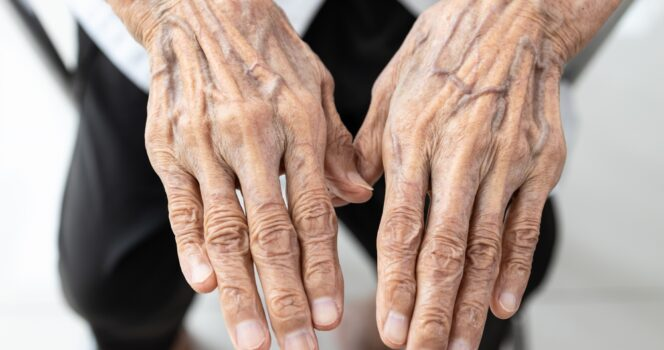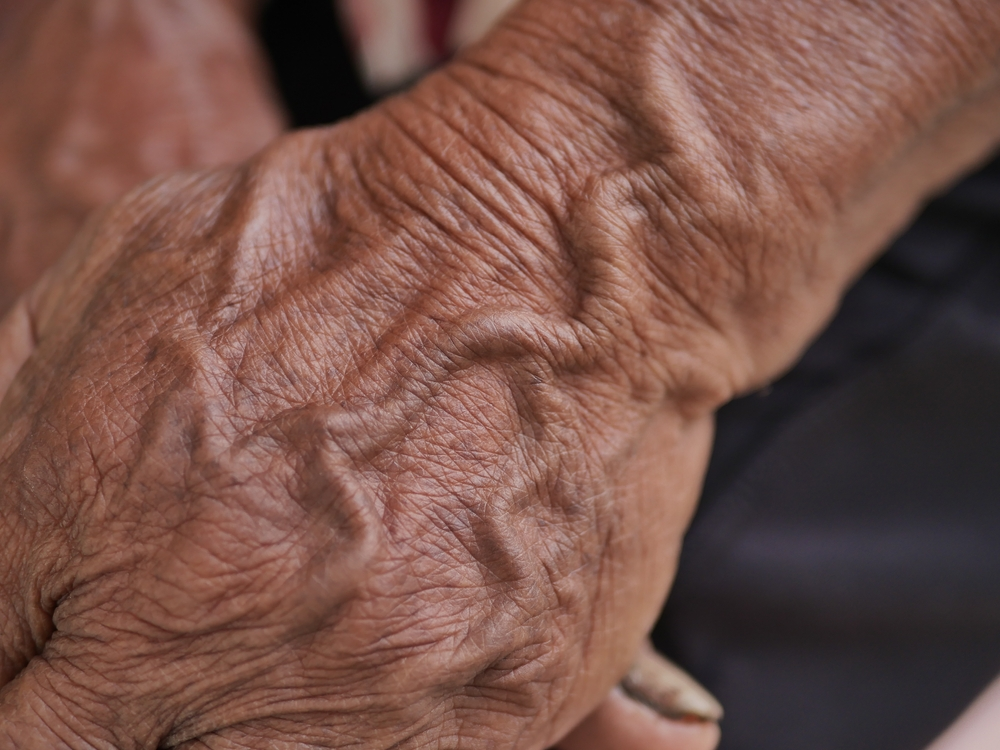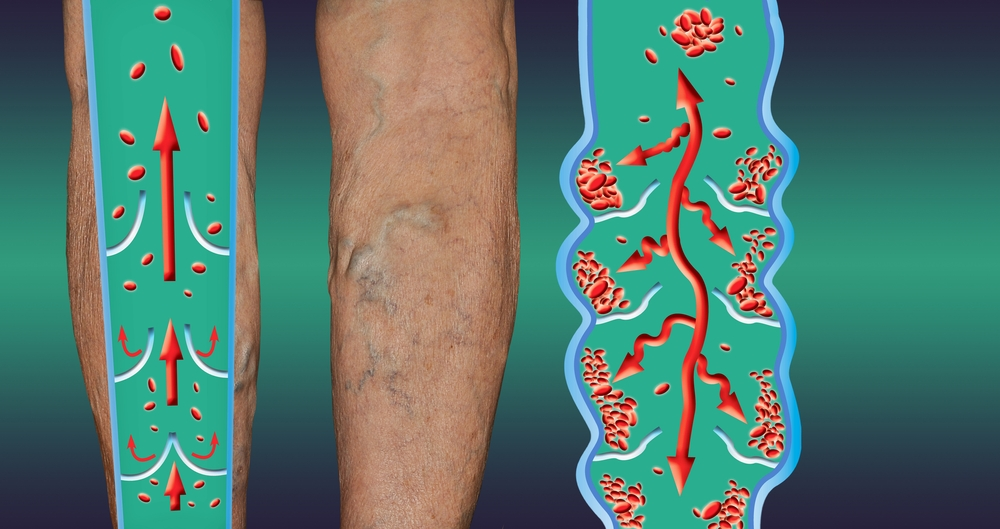What Those Bulging Blue Veins Might Really Mean
Have you ever glanced down at your hands or forearms and noticed those bright blue veins popping out more than usual? Maybe on yourself. Maybe on someone else. The instinct is often to shrug it off—they’re just veins, right? But sometimes, they might be sending a message worth listening to.
While visible veins can be perfectly harmless, they could also be an early red flag for something serious going on underneath the surface. If someone you know is noticing this more and more—or you are—it’s worth knowing when to breathe easy and when to speak up.

Why Veins Become More Visible
Before we panic, let’s break it down: visible veins are often just a normal part of how our bodies work. We all have superficial veins close to the surface of our skin. When certain conditions kick in—like thinner skin, less body fat, or intense exercise—those veins can become way more noticeable.
For people with fair skin or leaner builds, this is super common. The lighter or thinner your skin, the easier it is to see what’s going on underneath. Aging is another big factor—our skin naturally thins as we get older, which makes veins pop more.
So yes, it can be totally normal. But that’s not always the whole story.
Video: Twisted Varicose Veins
The Athlete Vein Effect
Ever noticed how bodybuilders or marathon runners have those bulging, ropy veins along their arms? That’s not random—that’s science.
When your muscles swell up from exercise, they push the veins closer to the skin’s surface. Combine that with low body fat and increased blood flow, and voilà—you’ve got “veiny” arms and legs. It’s often called vascularity, and in the fitness world, it’s actually a badge of honor.
Pregnancy can also trigger this effect. During pregnancy, blood volume increases dramatically, and veins expand to accommodate the growing workload. It’s temporary, but definitely noticeable.

When Veins Signal Trouble
Here’s where it gets real.
If those visible veins are also painful, red, warm to the touch, or accompanied by swelling, it could be more than just an aesthetic thing—it could be a medical issue. We’re talking potential warning signs of deep vein thrombosis (DVT), varicose veins, or even blood clots.
And let’s not sugarcoat it: blood clots can be life-threatening if left untreated. Especially if they form in the legs and travel to the lungs, leading to something called pulmonary embolism. It sounds intense because it is.
So if someone’s veins are not just sticking out—but also hurting, pulsing, or inflamed—it’s time to take it seriously. That’s your cue to encourage a doctor’s visit. Immediately.
Video: If you have bulging veins on the top of your feet stop scrolling.
Common Conditions Behind Bulging Veins
So, what could those throbbing or oversized veins really mean? Let’s run through the big names:
- Varicose veins: These are twisted, enlarged veins that usually show up in the legs. They can ache, throb, and sometimes lead to skin changes or ulcers.
- Chronic venous insufficiency (CVI): This happens when vein walls or valves don’t work properly, causing blood to pool in the legs.
- DVT (deep vein thrombosis): A dangerous clot in a deep vein—usually in the leg—can cause swelling, warmth, and pain. It needs immediate treatment.
- Superficial thrombophlebitis: A clot in a vein near the surface of the skin. Less serious than DVT, but still uncomfortable and worth monitoring.
How to Keep Your Veins Healthy
The good news? You can actually take steps to improve vein health. And these tips don’t require a gym membership or crazy diets. Here’s what you (or anyone with bulging veins) should know:
- Stay active. Movement = circulation. Try walking, stretching, swimming—whatever gets the blood flowing.
- Elevate your legs. Especially after long days of standing or sitting. Give your veins a break.
- Avoid tight clothes. Restrictive pants or socks can mess with blood flow.
- Watch your weight. Extra pressure on veins doesn’t help, especially in the legs.
- Stay hydrated. Dehydration thickens your blood, making it harder to flow smoothly.
- Quit smoking. Seriously—tobacco damages blood vessels and restricts healthy flow.

When to See a Doctor
Here’s the golden rule: veins that look different and feel different need attention. If they’re bulging more than usual, turning dark purple, causing pain, or just giving you a weird gut feeling—listen to that instinct.
You don’t have to panic. But don’t ignore it either. A quick ultrasound or vascular check-up could give peace of mind—or catch a problem early.
The Bottom Line: Watch, But Don’t Worry (Unless…)
Visible veins aren’t always a sign of something dangerous. In fact, for many people, they’re just part of how the body works. But if those veins are changing quickly, becoming painful, or looking inflamed, don’t just wait it out.
Your body speaks in all sorts of quiet ways—and veins might just be one of them.
So the next time someone asks, “Are these veins normal?” don’t brush it off. Offer them these insights. It might just be a harmless quirk… or the early signal of something they need to check out. Either way, it’s always better to know than to guess.